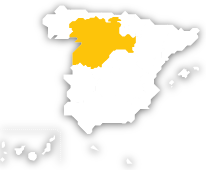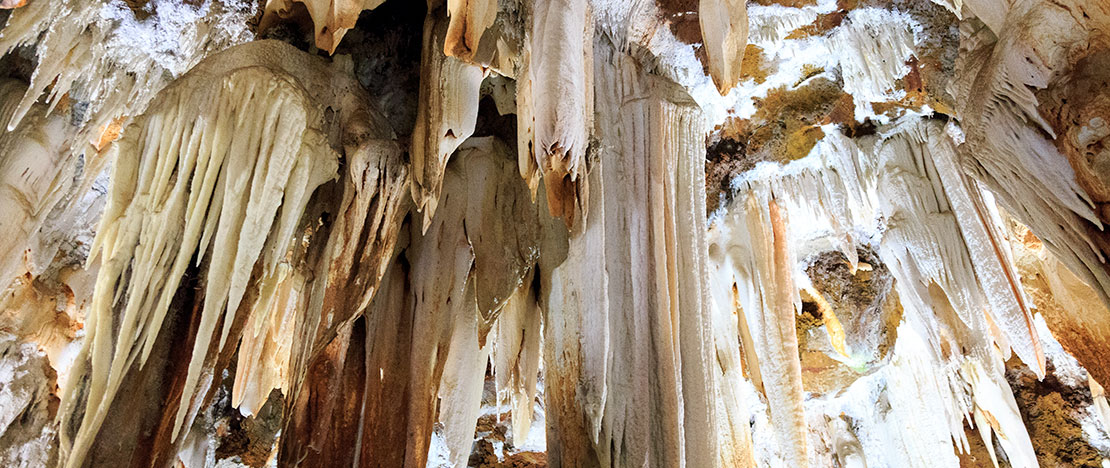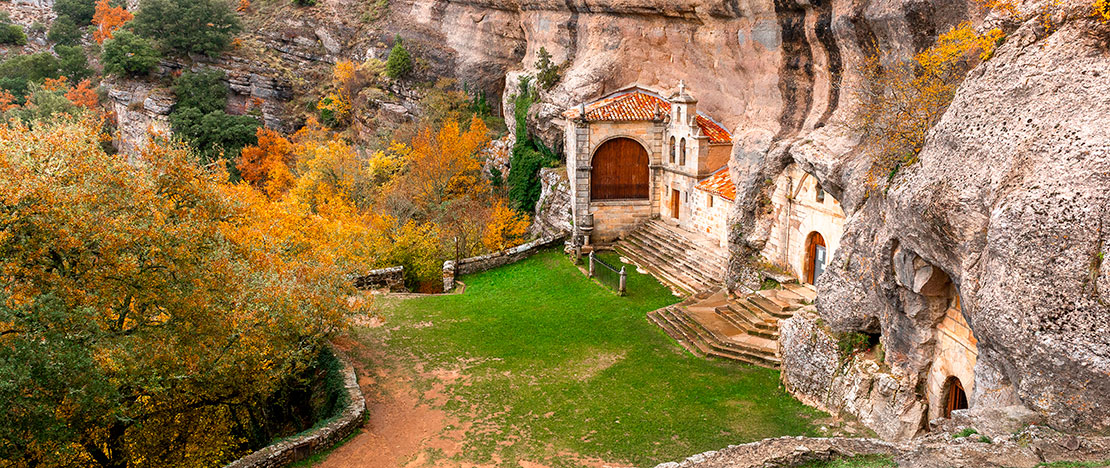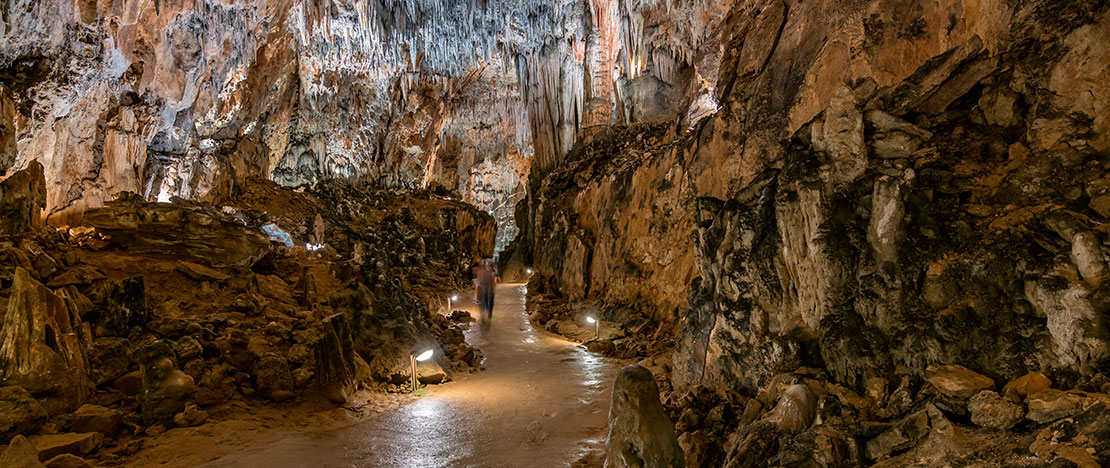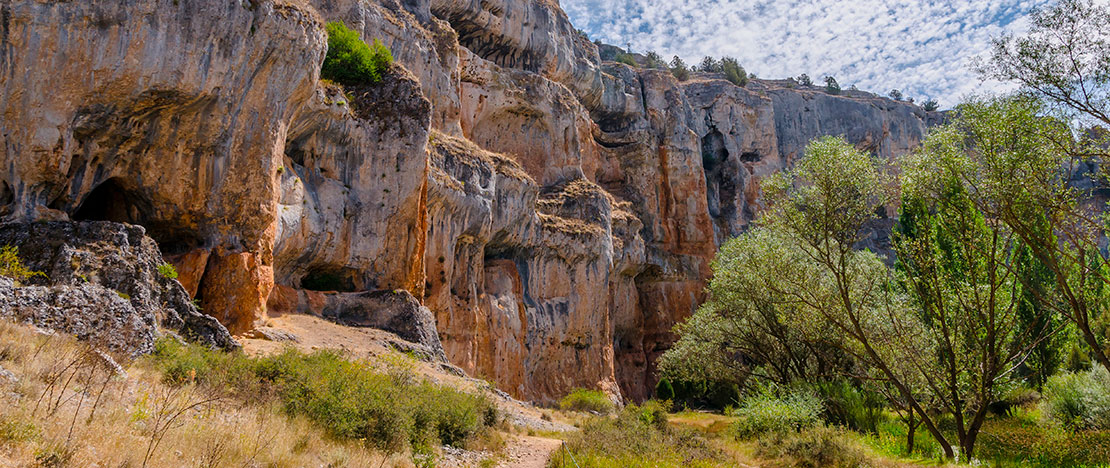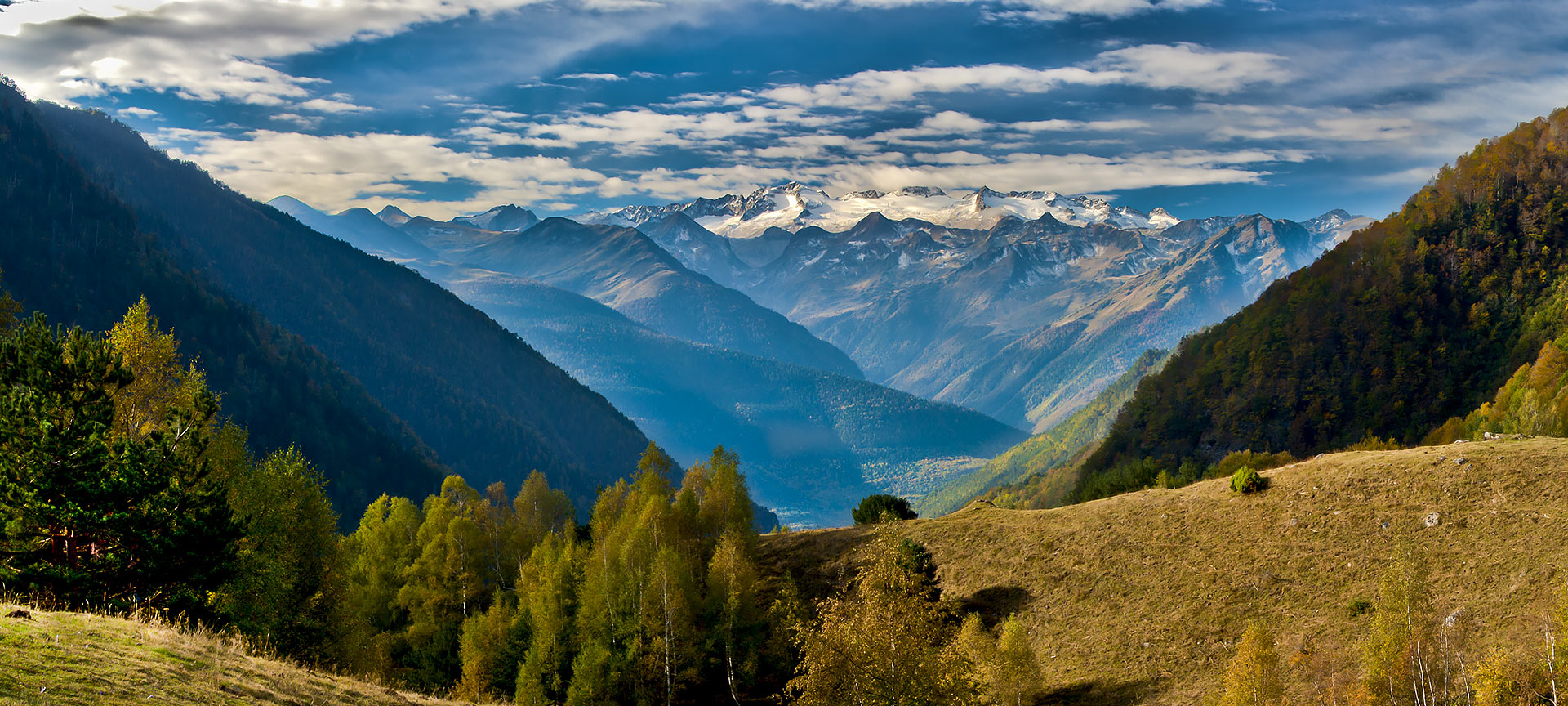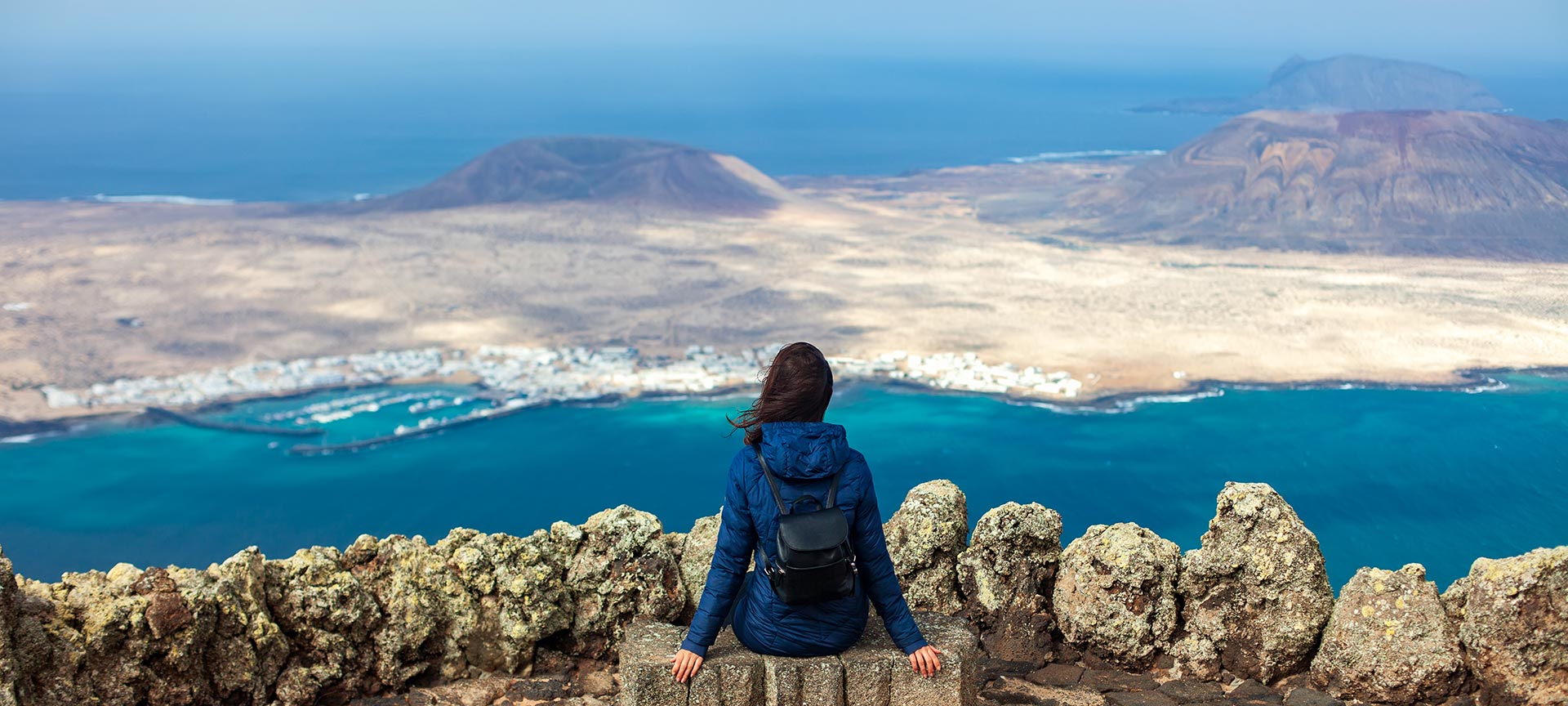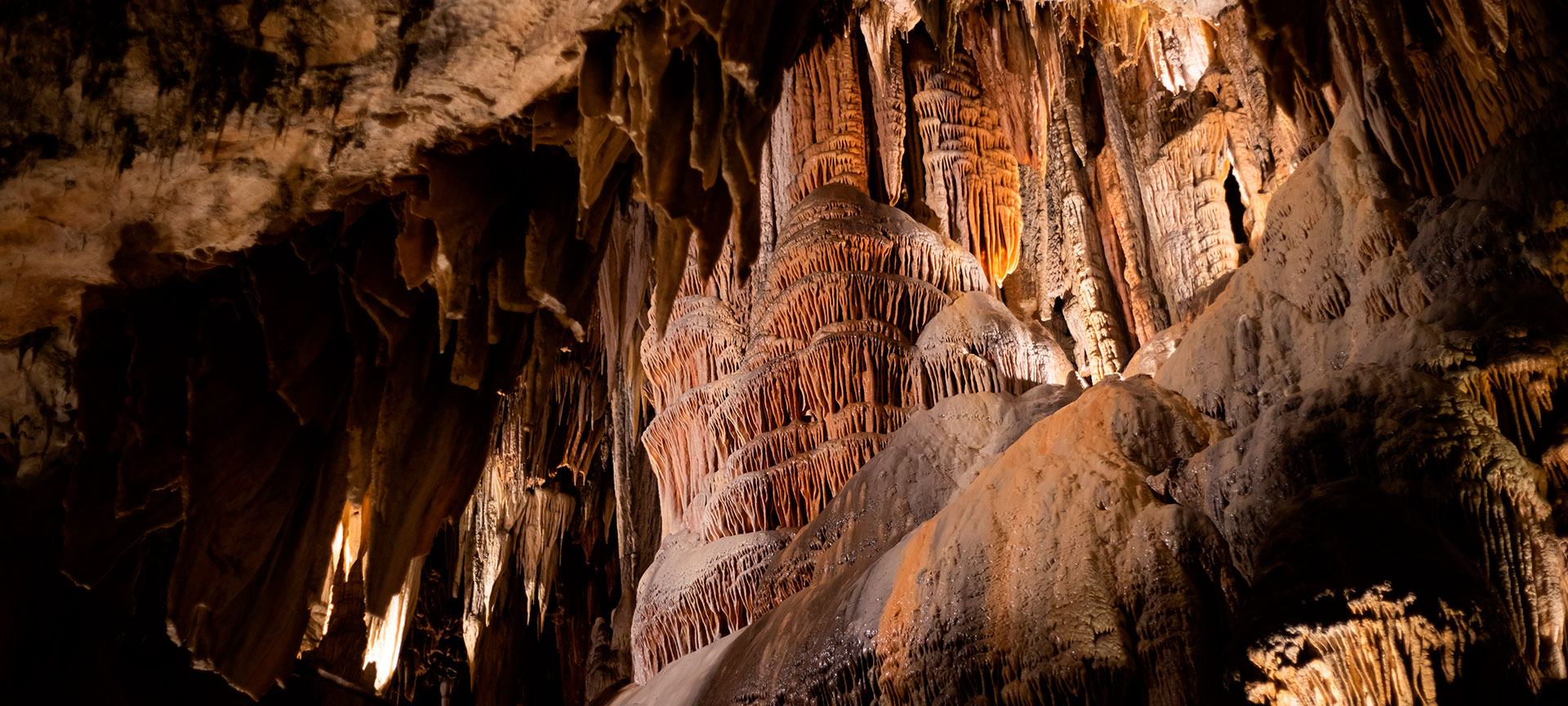
For many, exploring the depths of the earth is thrilling. For others, they are a universe yet to be discovered. The seven caves that we take a look at below, taking you to the heart of Castile and Leon will awaken the adventurous side of all visitors. If you want to know why, then come along!Given their relief, the provinces of Ávila, Burgos, León, Palencia, Segovia and Soria are home to multiple caves boasting great heritage value. The journey deep into the mountains, home to underground beauty capable of surpassing even the natural charms of the great outdoors, is a unique experience. Millennial stalactites, natural passageways and galleries await, where the action of water and the passage of the centuries have sculpted the rock into a veritable spectacle.
Debe activar Javascript para poder utilizar este servicio
-
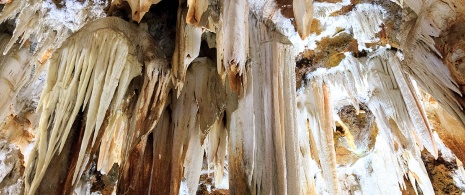
Ávila: Águila Caves
In 1963, in a town called Arenas de San Pedro, in the Tiétar Valley, five young people saw steam was coming out of a hole in the Águila hillside. This led to the discovery of the Cuevas del Águila, which between 12 and 14 million years ago acquired their current appearance. Measuring 50 metres in depth and consisting of a route stretching one kilometre, they are home to galleries with sharp stalactites, stalagmites, flowstones and fantastical rocks, as well as columns and gours (typical karst formation) in the enormous Great Cavern Room. They are open to visitors every day of the year, at a temperature that is constantly around 17 degrees.
-
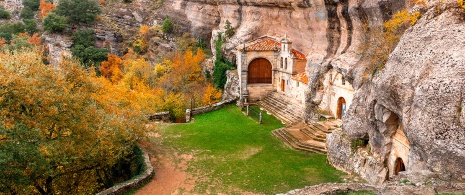
Burgos: Fuentemolinos and Ojo Guareña
Cueva de Fuentemolinos is located in the town of Puras de Villafranca, nestled in the Sierra de la Demanda, dating back approximately 35 million years. Spanning more than four kilometres in length, this one-of-a-kind limestone conglomerate is the sixth largest of its type in the world. It consists of three overlaying storeys, the first crossed by an underground river and the upper two containing unique stalagmites, stalactites, columns and curtain forms.For its part, the Ojo Guareña Natural Monument is, due to its more than one hundred kilometers of underground galleries, the second largest karst complex in the Iberian Peninsula and one of the ten largest in the world. The erosion of the River Guareña and River Trema has formed a network of galleries connected to one another at different levels. Two caves are open to visitors: Ermita de San Bernabé and Palomera. The former is home to a rock hermitage. The second is a spectacular limestone-dolomitic complex from the Upper Cretaceous.
-

Leon: Cueva de Valporquero
Set in the heart of the mountains of Leon, next to the wonderful protected natural area of the Hoces de Vegacervera, the Valporquero Cave is the youngest in Castile and Leon. There are three itineraries available to explore its million-year history at a temperature of around seven degrees. The standard one-hour visit (1.6 kilometres) includes five rooms; the longer visit, lasting about an hour and a half, takes in seven rooms and a distance of 2.5 kilometres; the third visit is at a lower level and follows the course of the Arroyo de Valporquero stream, which is recommended for cavers. It consists of seven rooms in total, with the Gran Rotunda worth particular mention, measuring 5,600 square meters and 20 metres in height, or Sala de las Hadas, home to a 15-metre waterfall. Inside, visitors can admire spectacular formations with their own unique names: The Ghost, the Virgin and Child, the Twins or the Tower of Pisa.
-

Palencia: Cave of Los Franceses
Cueva de los Franceses, close to the town of Revilla de Pomar, is the only cave open to visitors in the province of Palencia. Located in the protected area of the Covalagua Valley, it forms part of the Las Loras UNESCO global geopark. It can be accessed via a modern building dubbed La Roca, home to an exhibition about the cave and the surroundings of Montaña Palentina. Along the 500 metre route, visitors can see the wonderful karst formations of mantles, flows, stalagmites and stalactites.
-
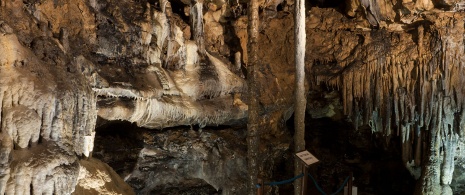
Segovia: Cave of Los Enebralejos
Discovered in 1932, Cueva de Enebralejos dates back approximately 40 million years. Currently, three of the rooms are open to visitors on a route spanning approximately 600 metres with spectacular stalactite and stalagmite formations. Sala de los Enterramientos (Burial Room), Sala del Santuario (Sanctuary Room), the waterfall, El Fantasma (the Ghost) and Pared de los Colores (Wall of Colours) are some of its main attractions. Copper Age settlers also used this cave as a necropolis and decorated its walls with paintings and engravings.
-
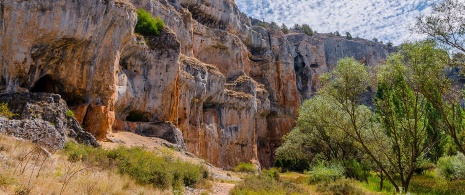
Soria: Cueva de la Galiana
Dating back around 700,000 years, La Galiana is the most popular cave in the Cañón del Río Lobos Natural Park. This accessible route lasts around three hours and spans about three kilometres, making it ideal for those getting started in the world of caving. The visit begins in Sala del Dormitorio (Dormitory room) and progresses to Sala del Lago (the Lake room), Sala de los Gours (the Gours room) and Sala del Bosque (the Forest room), a cave that reaches 15 metres in height. Finally, visitors come to the Gran Vía, as the cave forks out leading to two other spaces.
To start exploring these and other dazzling caves in this Spanish region that is so rich in underground landscapes, consult all the opening hours and delve into the depths of the earth!
Travel plans for inspiring you
